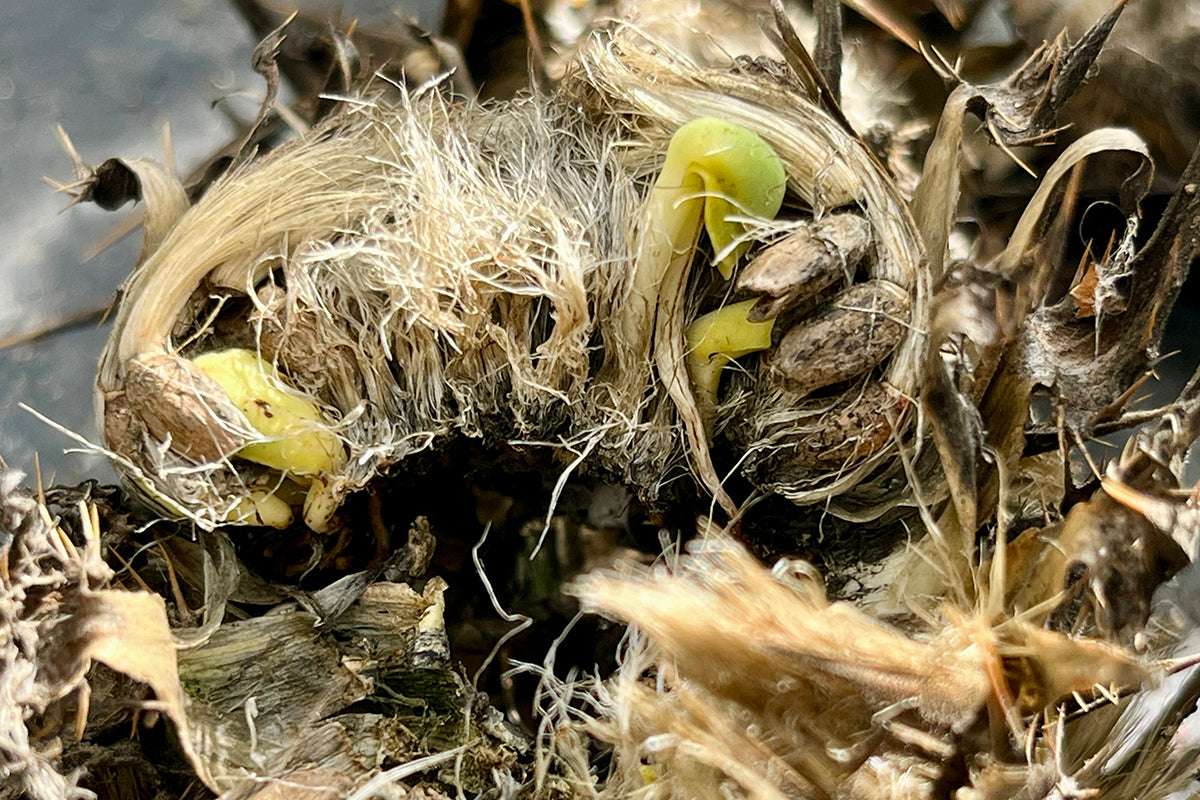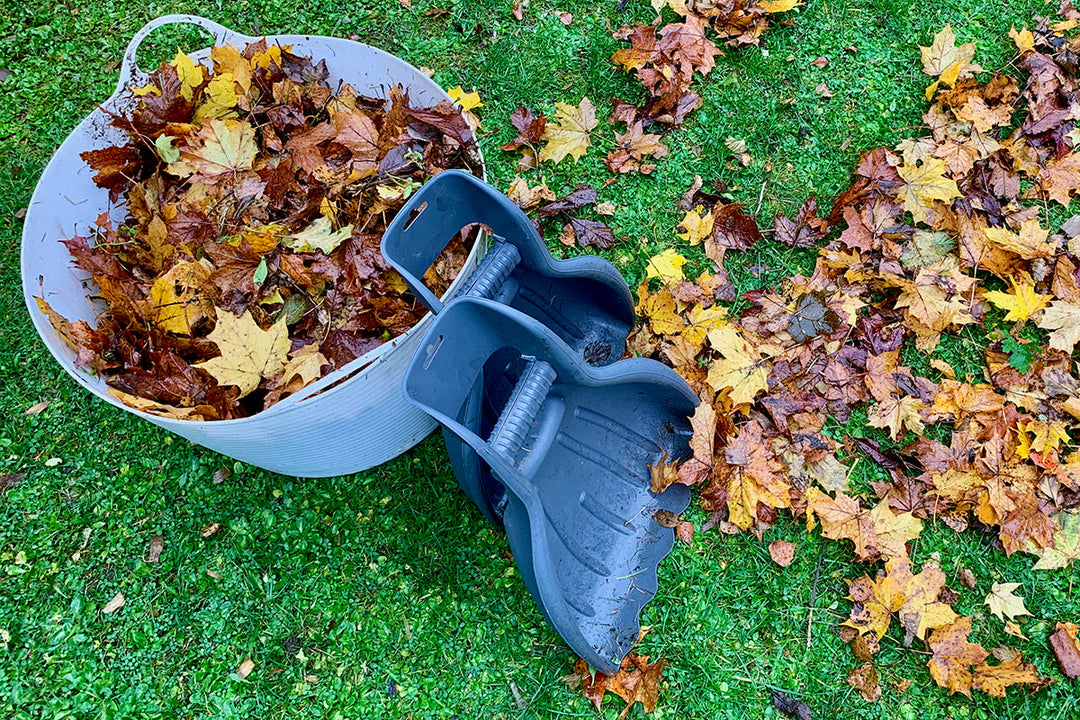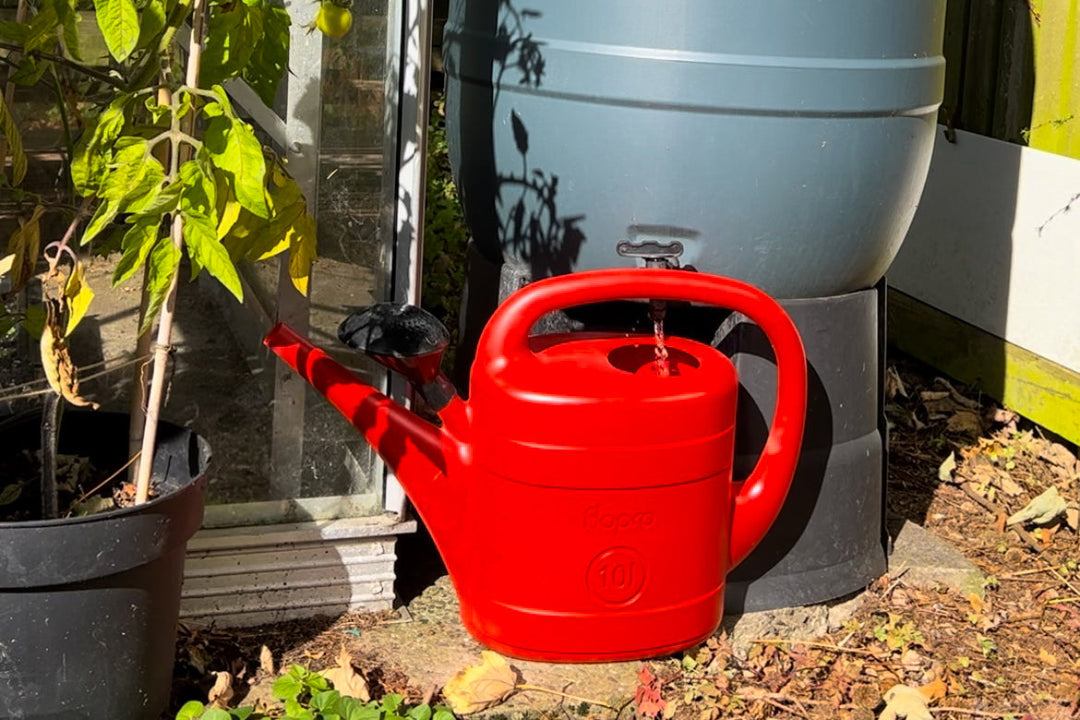Plant profile - delphinium

What traditional cottage border isn’t complete without the addition of towering delphiniums, their flowers a magnet for bees, insects, and humans alike. Their statuesque stems rise up in early summer filling the gap between spring flowers and the late summer perennials appearing as old friends.
Blues, pinks, whites, and purples are available to complement any palette. With over 200 species and cultivars listed in the RHS Plant Finder, there will always be something with a suitable habit, height, and colour to please even the most discriminating gardener.
Pacific Hybrid series, Black Knight Group, and the Magic Fountains Group are most commonly encountered, but look out for double large flowered forms such as The Astolat Group in deep pink with a white eye, while another double flowered form is the King Arthur Group with its stunning white-eyed, inky blue flowers set on 4ft stems.
If it's height you want then the Pacific Giants are excellent, but for the ultimate skyscrapers, The Alatum Group might be for you. You could even get competitive - just like sunflowers a world record has been set at well over 10ft. Delphiniums love a sunny spot and though quite adaptable prefer a rich well drained, moisture retentive soil. Buy them as plants or grow your own from seed, but be careful in the early stages when slugs and snails find them irresistible.











